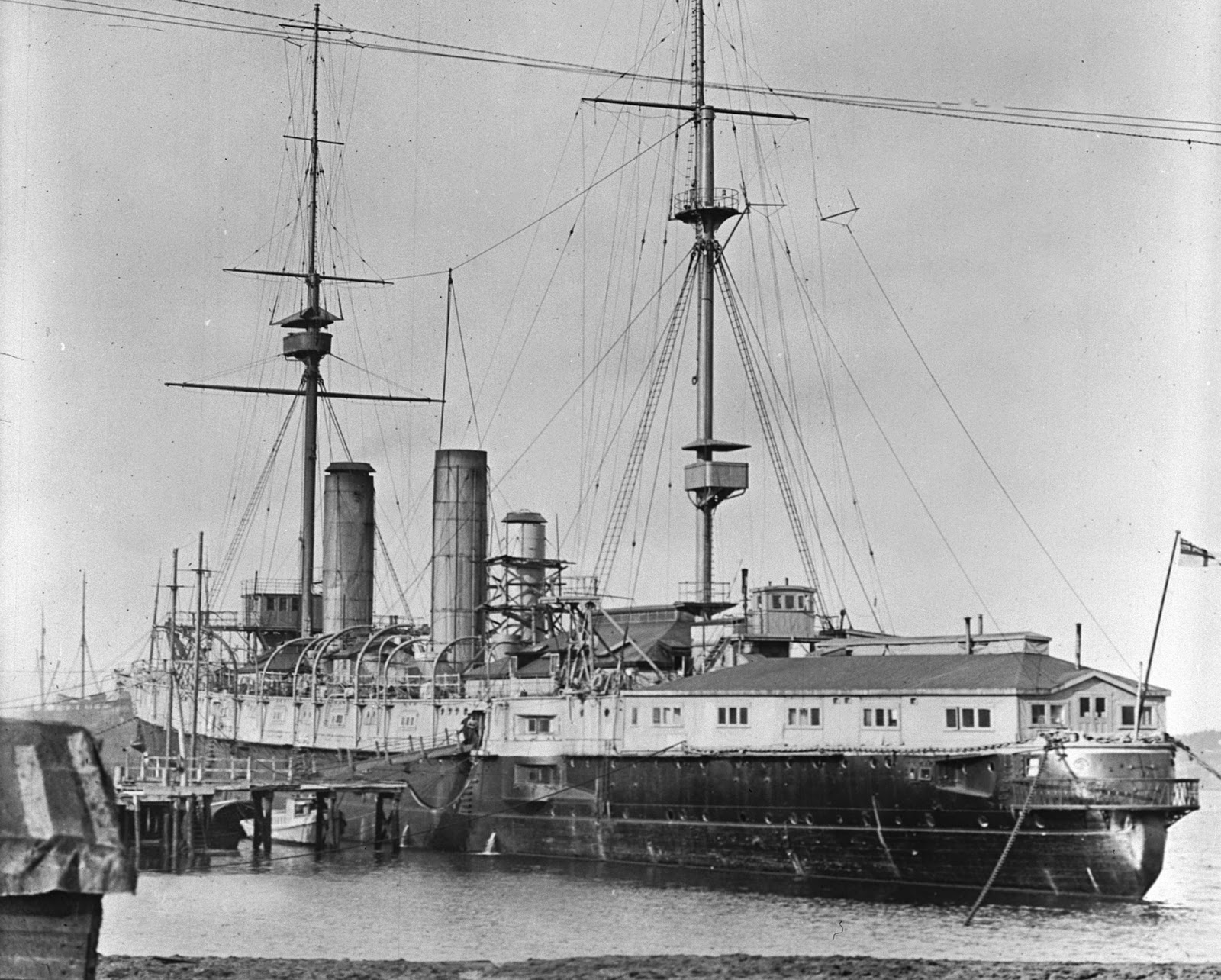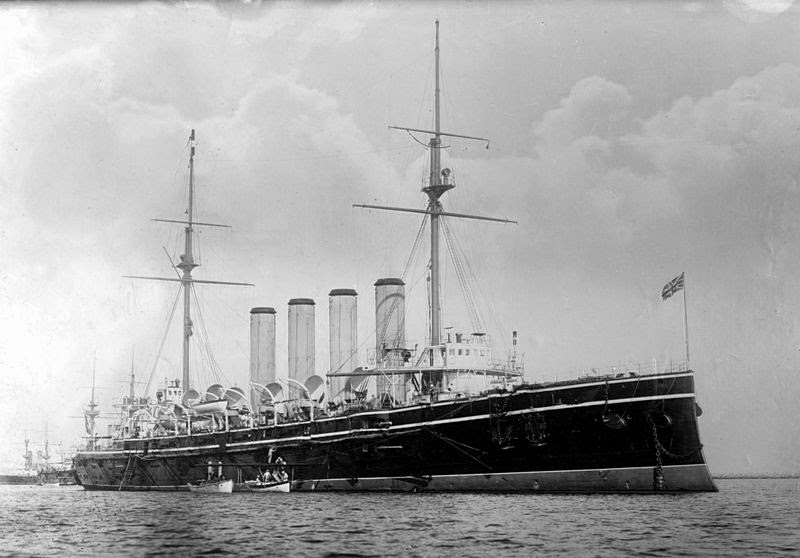An anchor, believed to have belonged to His Majesty’s Canadian Ship (HMCS)Niobe, has been unearthed at HMC Dockyard in Halifax. HMCS Niobe was the first Canadian warship to enter Canada’s territorial waters, on October 21, 1910, a landmark event in the beginnings of the Naval Service of Canada.
As fate would have it, the discovery of the roughly 900-kilo (2000-pound) anchor was made just days before the commemoration of Niobe Day, which will from now on, be celebrated annually by the Royal Canadian Navy (RCN) on the 21st day of October. An excavation crew working at HMC Dockyard recovered an anchor and chain buried beneath a demolition site on the morning of October 14. The anchor has been inspected, assessed against relevant documents and photographs, and is now believed to be that of HMCS Niobe.
 The anchor was unearthed at former Jetty 4, where Building D-19, a Second World War dockside warehouse and one of the first structures at HMC Dockyard, once stood and is now being demolished.
The anchor was unearthed at former Jetty 4, where Building D-19, a Second World War dockside warehouse and one of the first structures at HMC Dockyard, once stood and is now being demolished.The position of the anchor speaks to a particular time and function. The direction of the chain links is consistent with the position of the Niobe’s bow when employed as a depot ship and the size is consistent with an estimated size of the links of the Niobe’s anchor in a post-Halifax Explosion photo.
While a list of stores left behind by the Royal Navy is not available, no vessels in the newly formed Royal Canadian Navy were large enough for this size anchor except for the Niobe, or possibly the Rainbow (based in Esquimalt, BC). Additionally there would have been no other use for a heavy chain and anchor at the discovery site, except to permanently moor a large vessel such as Niobe.
After she was paid off, Niobe functioned as a depot ship from July, 1915 until 1920 moored in Halifax Harbour. The Halifax Explosion on December 6, 1917, pulled the ship’s concrete embedded anchor from the harbour floor and dragged the ship. Once re-secured to Jetty 4, additional anchors were put in place including one to the shore from the stem and one from the stern. The anchor that has been discovered is believed to be one of these three bow anchors that were used to keep Niobe in place
The dimensions of the roughly 900-kilo (2000-pound) anchor are, 4 metres (13 feet) from crown to head, 4.1 metres (13.5 feet) across the stock, and 3.35 metres (11 feet) from bill to bill of the flukes. Additionally, each link of the anchor’s chain is 51 centimetres (20 inches) by 28 centimetres (11 inches) and weighs approximately 34 kilos (75 pounds)

